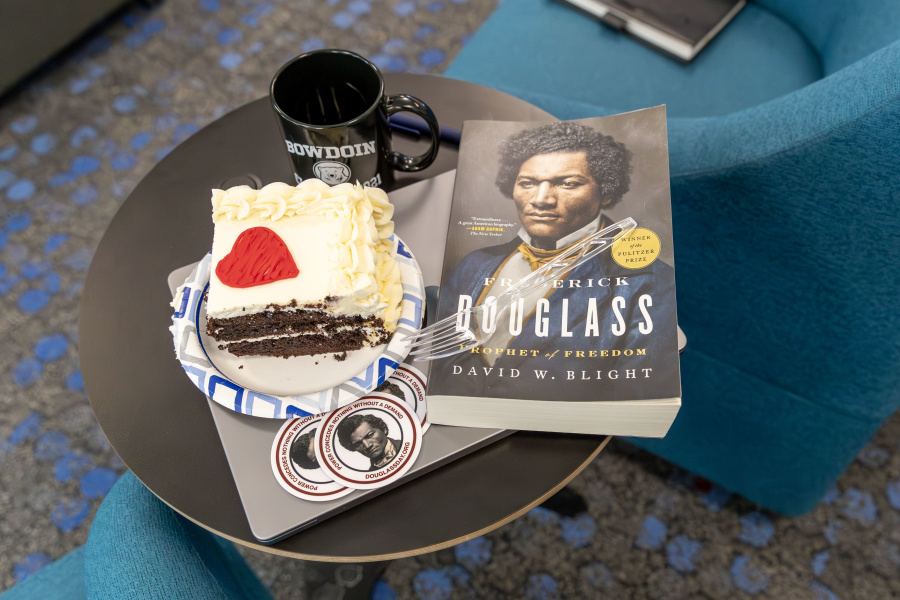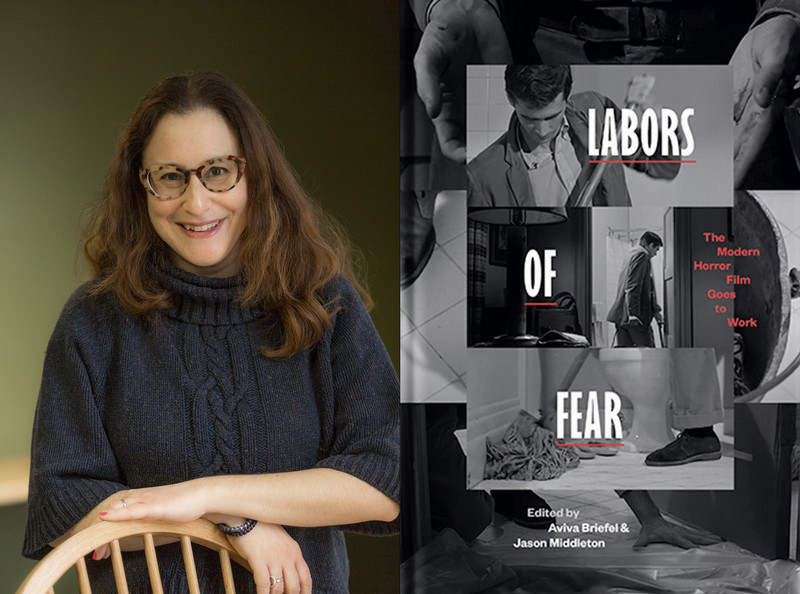Christy Thomas Script: Puccini and the Cinema
By Tom PorterWhen it comes to comparing opera and cinema, Christy Thomas says the widely accepted view is that when the movies came along, they took what they wanted from the world of opera, and then supplanted it as a dominant art form. However, she points out, this fails to account for the fact that opera still exists in good health today, alongside cinema.
QUOTE – In reality the relationship was a lot more complicated and there was a two-way street, rather than just opera influencing film, which is a nice simple narrative but too simple, I would argue.
Consider the fact that Giacomo Puccini died in 1924, which was almost the sound era. Which means that for thirty years he was composing while films were being made.
QUOTE – But we often can forget that, because his operas sound older. They sound much more nineteenth century than some of the avant-garde music that other composers were writing at that time. So, it’s like, yeah, he died late!
The fact is, Puccini was quite heavily influenced by cinema in some of his operas, says Thomas, who has paid particular attention to his 1910 work La fanciulla del West, or The Girl of the Golden West. It premiered in at the Metropolitan Opera in New York, featuring, among others, the great Italian tenor Enrico Caruso.
Based on the play of the same name by American writer David Belasco, it’s a tale straight out of the Wild West, with a gun-slinging heroine who falls for an outlaw. In 1915—five years after Puccini’s opera—legendary movie director Cecile B. DeMille made the first of several film adaptations of the story.
Puccini was inspired to write the opera after seeing a performance of the play in New York in 1907, says Thomas. He was also influenced by the growing popularity of the cinema.
QUOTE – So once cinema essentially became a big enough thing, and had a lot of cultural credence and impact, that factored in, in much more significant ways, into his compositions.
Although Puccini never wrote film music, Thomas says the influence of early western movies is clearly on display in this opera.
QUOTE: With La fanciulla del West, he incorporated stylistic elements that were from western films around that period. And those would have been things that we think of as uncommon for what we think of as westerns today. So it would have been mountainous settings, focusing on the group over the individual, and seeing the Native American as noble rather than savage. These were traits of westerns produced in the era when the film industry was centered on the east coast. So when it shifted to the west coast and Hollywood around 1915, all these elements started disappearing, particularly the mountainous and woodland settings, which we don’t think for Westerns, we think of the rolling bushweed and the deserts and all of that, because that’s what they had access to out west.
Chase scenes were very popular in films from about 1904, but in these early years there were no moving cameras: stationary cameras only, with people running across in front of the camera, a technique that Puccini copied by having cast members run across the stage in front of the audience.
The emergence of the moving image in the early twentieth century caused anxiety among many in the opera industry, says Thomas, including Puccini’s publisher. They thought this new technology would mean the death of live performances, as people everywhere would be able to see their favorite stars on the screen at their local movie house. Such fears were unfounded.
QUOTE: The question, ‘Is opera dying?’ seems to have been in play for hundreds of years, and so maybe the answer is ‘No.’
The musical history of the last hundred or so years shows that opera as an art form has been able to prosper. With sold-out performances from such venues as the Met in New York or London’s Covent Garden being streamed to movie theaters and mobile devices across the globe, it’s clear that opera can not only flourish alongside technological advances, but can actually be positively influenced by them.
And, as Christy Thomas points out, full credit should go to Giacomo Puccini for realizing this.



